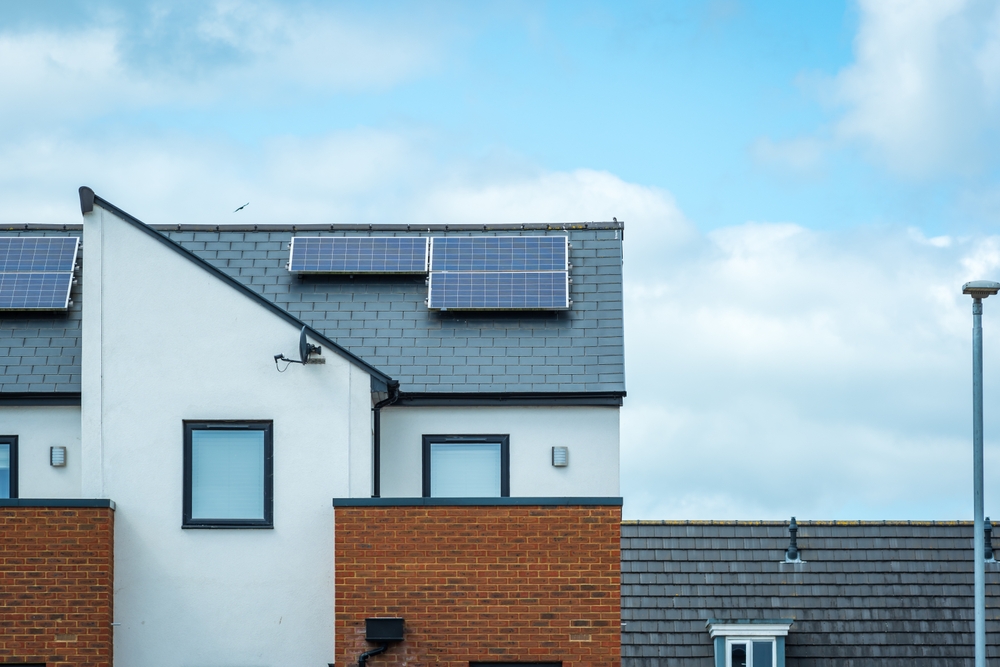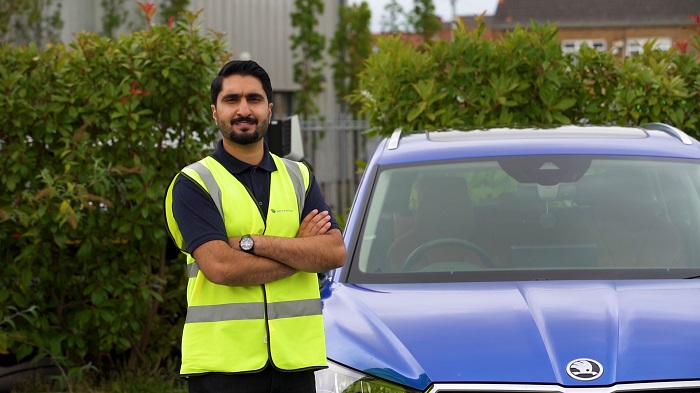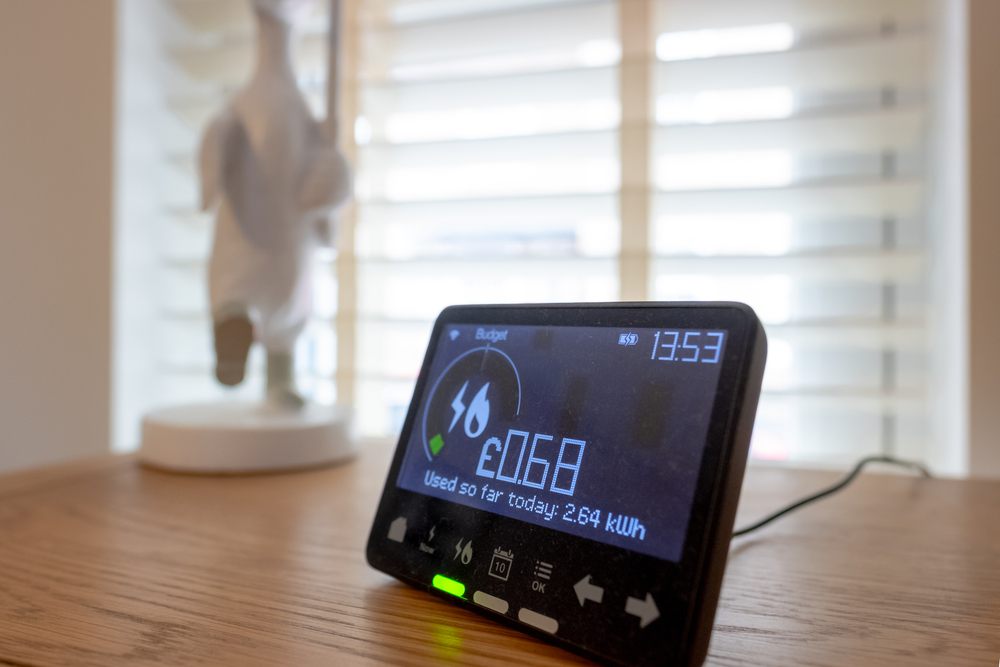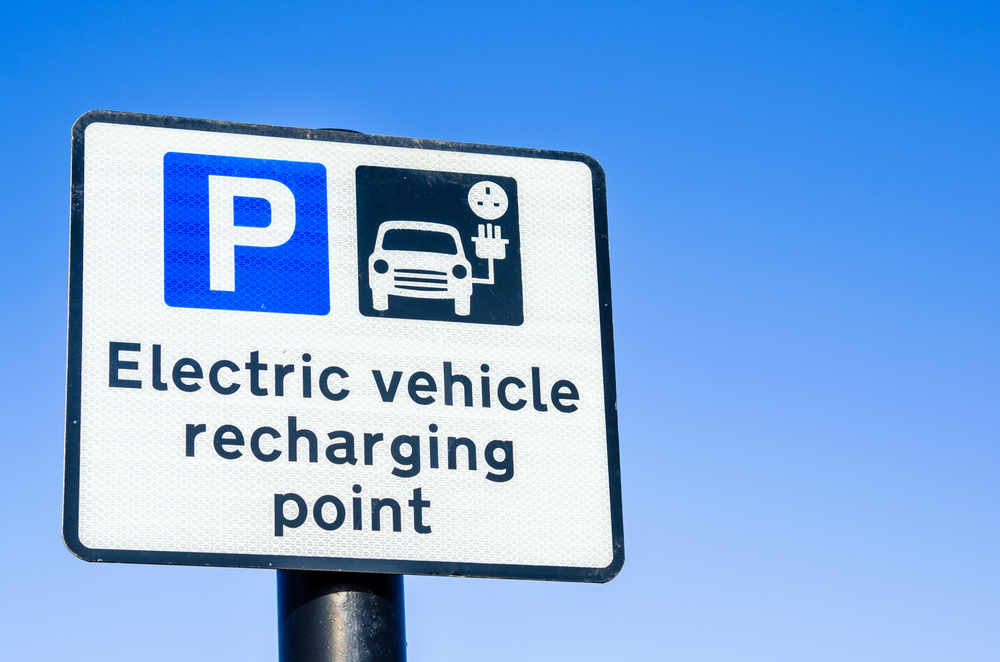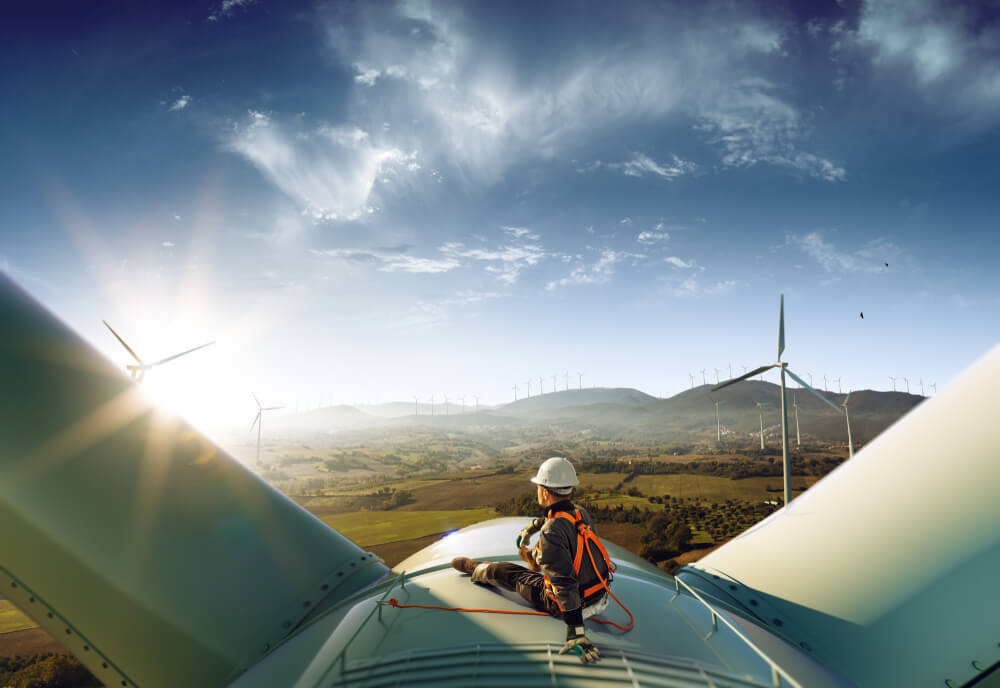Zero Carbon by 2050: pipedream or possibility?

Despite the political tumult of the past few months, the UK Government has confirmed and reiterated that it will begin to pursue a Net Zero Carbon economy.
The May 2019 Committee on Climate Change report points the way to achieving a remarkable 96 per cent cut in greenhouse gases (GHG) by 2050, across the following areas of the economy:
- Power and hydrogen
- Buildings
- Industry
- Transport (all types)
- Agriculture
- Waste
- F-gas emissions, and
- Greenhouse gas (GHG) removal.
...the quality of contractors, products, design and systems will greatly influence success...
Buildings: gas out, heat pumps and hydrogen in
A key target area for the CCC recommendations is buildings, where the persistent challenge to be overcome is delivering low-carbon heating.
The electrification of energy - based on a massively decarbonised grid - has a central role in the CCC recommendations for the built environment. In addition, smart building control systems (e.g. controlling EV charging and hybrid heat pumps) will be needed to help manage increased electricity demand and maximise renewable energy use.
The CCC recommendations for buildings also hinge on a massive roll-out of heat pumps, hybrid heat pumps and even hydrogen boilers (supplementing or replacing gas boilers in new and existing premises). This would be supported by urban district heating, smart storage heating and high levels of energy efficiency.
Energy efficiency alone cannot deliver a net zero carbon UK. Even so, it’s a great place to start and in many cases, it is easily the most cost-effective measure. As such, the CCC adds that “an energy efficiency retrofit of the 29 million homes across the UK should be a national infrastructure priority.” However, any planned programme will clearly need to be far more successful than the failed ‘Green Deal’ retrofit scheme.
The new recommendations could give a new lease of life to the ‘Each Home Counts’ report, which examined the aftermath of the Green Deal and made numerous recommendations to avoid future failures in large-scale energy retrofitting.
In the CCC report, hybrid (dual fuel) heat pumps would also be used to optimise the use of renewable energy in buildings. In all, the proposals would boost current low-carbon heating from only 4.5 per cent of buildings to a game-changing 90 per cent by 2050, but at a high average abatement cost of around £140/tCO2e (non-residential cost £95/tCO2e).
The total cost of installing the measures above, along with decarbonising the grid, could ramp up to tens of billions of pounds annually, though the CCC suggests that cost reductions would accompany deployment at scale, as currently seen for example by offshore wind.
The electrification of energy - based on a massively decarbonised grid - has a central role...
Government policy and investment
To achieve UK-wide scale, the Government will need to provide a policy framework for building decarbonisation that includes a fully-fledged strategy for decarbonised heat in 2020. It will also need to deliver on a ‘Future Homes’ standard (ensuring new build has low-carbon heating and excellent energy efficiency by 2025, with ambitious standards for new non-residential buildings).
Meanwhile, the Treasury will need to work with BEIS to provide not just direction, regulation and standards, but imaginative fiscal measures, including significant initial funding. All this will need to be effectively co-ordinated at national and regional level, and regional and local planning systems would need to keep up. None of this will be easy to deliver, and much less cost-effectively.
Although the CCC report relies on using feasible technology the UK is also well short of the infrastructure, supply and installation capacity required to introduce low-carbon heating at scale. For example, the report acknowledges the need to move from 20,000 heat pump installations annually to around a million a year (a fifty-fold increase in UK installation capacity), overcoming poor customer awareness and low market development on the way.
the UK is well short of the infrastructure, supply and installation capacity required to introduce low-carbon heating at scale
Interestingly, the contribution of BIM, whole-life building performance and even the circular economy was not included in the otherwise comprehensive CCC report, but these processes and approaches could also help to unlock the type of carbon reductions needed in the years ahead.
The report recommends that the Government deploys the Construction Sector Deal to help tackle major ‘low carbon’ (along with ventilation and thermal comfort) skills gaps across building design, construction and installation.
Going forward, the quality of contractors, products, design and systems will greatly influence success, measured in costs, sustained carbon savings, and other benefits. If the work is not done properly and in a coordinated way, there is a real risk of ‘sub-optimal installation at scale’.
Are you up to date with ECAtoday?
ECAtoday is the official online magazine of ECA and reaches thousands of people within the electrotechnical and engineering services industry.








